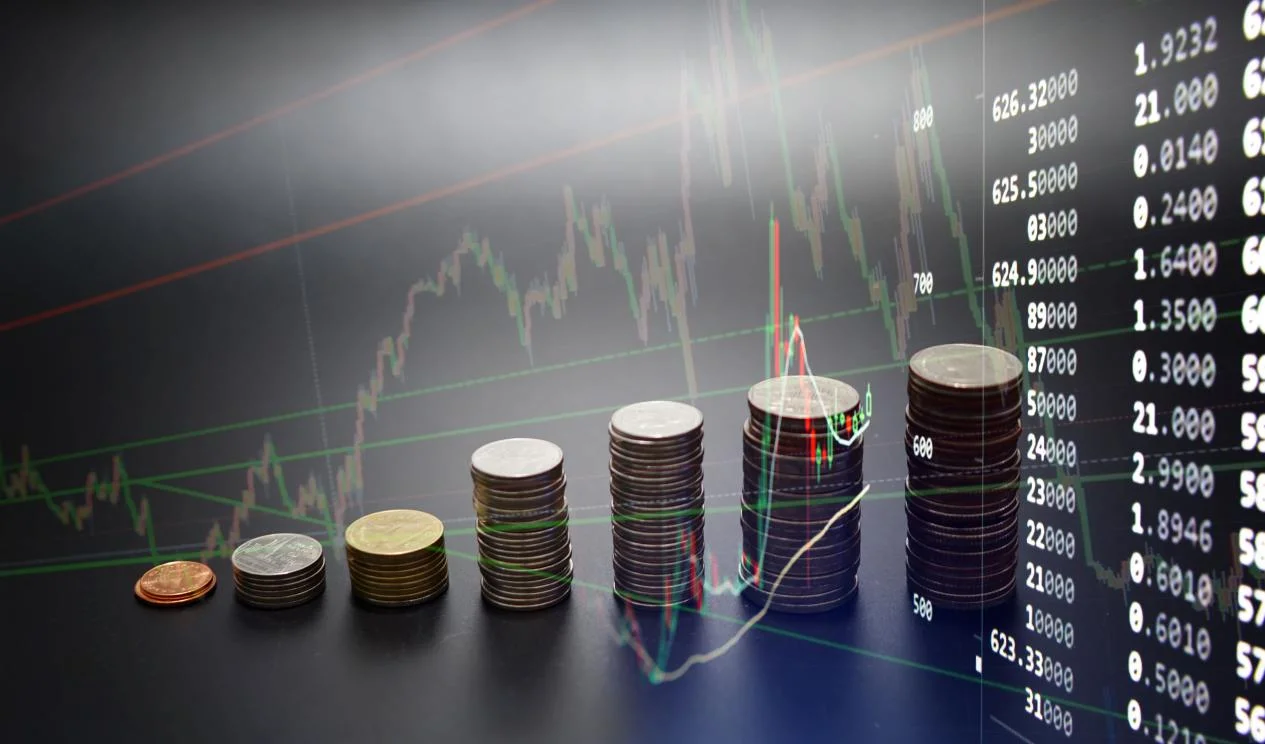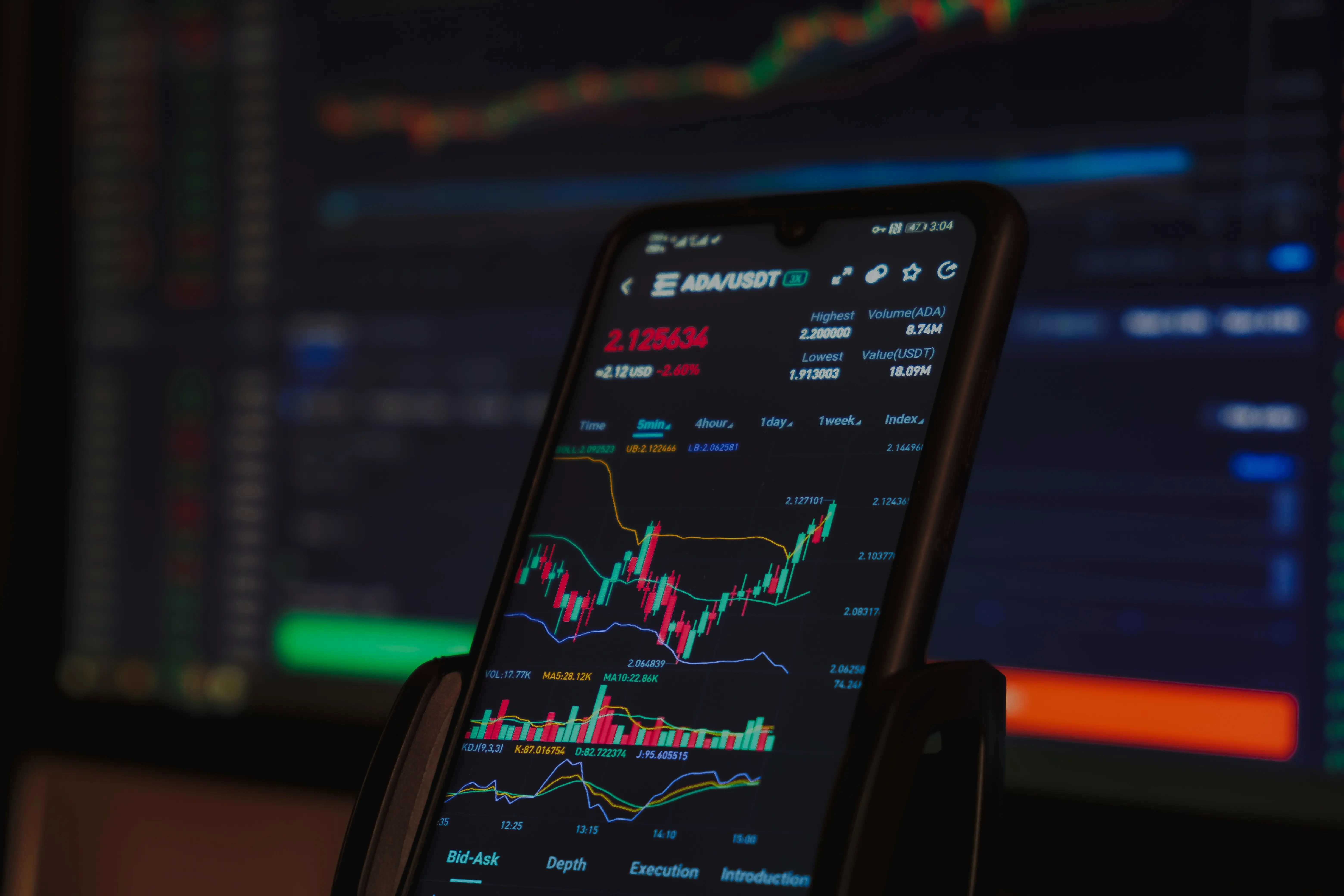A New Perspective on Dividend ETF Investment Strategies
03:19 September 19, 2025 EDT
In the realm of dividend ETF investing, dividend yield ETFs and dividend growth ETFs have long been oversimplified as merely representing "high dividend distribution" versus "dividend growth" strategies. However, factor regression and cross-market empirical evidence reveal that these two categories fundamentally correspond to distinct core factors: value and quality. Their risk-return profiles are predominantly determined by index construction methodologies rather than solely by dividend policies.
Building on this insight, we can deconstruct these two types of dividend ETFs through multiple analytical dimensions: examining their index construction rules, reviewing their performance across different market cycles, and analyzing their risk control mechanisms. This structured approach provides investors with data-driven support and a robust decision-making framework for global asset allocation strategies.

How ETF Construction Methodology Defines Fund Characteristics
The fundamental differences between dividend ETF categories originate from the screening logic embedded in their index construction rules. These methodologies directly determine the funds' factor exposures, which in turn shape their long-term risk-return profiles.
High Dividend Yield ETFs
Taking the Vanguard High Dividend Yield ETF (VYM) as an example, this fund tracks the FTSE High Dividend Yield Index, which employs an "expected dividend yield ranking + market capitalization weighting" methodology. The index first excludes companies that have not paid dividends in the past 12 months or are not expected to pay dividends. The remaining universe is then ranked by expected dividend yield, with the top 50% selected and weighted by market cap. This screening mechanism inherently favors companies with "declining stock prices (low valuation) but stable dividends" — as the dividend yield formula (annual dividend/share price) implies that when share prices fall without a simultaneous reduction in dividends, the yield passively increases, leading to a natural inclusion of more undervalued stocks.

Factor regression data validates this attribute: From 2006 to 2025, VYM exhibited a loading of 0.35 on the HML (High Minus Low, a core value factor metric), nearly identical to the 0.37 loading of traditional value ETFs, while also demonstrating similar ROE (Return on Equity) characteristics. Sector allocation further confirms the value tilt: VYM’s top sectors include Financials, Technology, Healthcare, and Defensive Consumer Staples, largely overlapping with the sector weights of VTV (Vanguard Value ETF).
The high dividend yield indices in the Hong Kong market follow a similar logic. The Hang Seng Stock Connect Hong Kong High Dividend Index requires constituents to have paid dividends for three consecutive years and rank in the top 50% by dividend yield over the past 12 months, while also excluding stocks with price declines exceeding 50% (avoiding "dividend traps"). This index shows an HML factor loading of approximately 0.41, with an average constituent PE ratio of about 6.48x, significantly lower than the Hang Seng Composite Index’s ~10x, highlighting its pronounced value characteristics.
Dividend Growth ETFs
The core logic of dividend growth ETFs centers on "dividend sustainability," with their construction rules implicitly enforcing stringent filters for corporate earnings quality, ultimately resulting in clear quality factor exposures.
For instance, the Vanguard Dividend Appreciation ETF (VIG) tracks the S&P U.S. Dividend Growers Index, which imposes two critical thresholds: 1) constituents must have increased dividends for at least 10 consecutive years (excluding companies with interrupted or reduced dividends), and 2) the index actively excludes the top 25% of companies by dividend yield (avoiding the trap where high yield masks deteriorating fundamentals). Additionally, individual stock weights are capped at 4% to control concentration risk.

These rules directly screen for companies with "stable profitability and robust cash flows": VIG’s constituents maintain an average ROE consistently above 15%, notably higher than VYM’s 10%. In terms of factor loadings, VIG shows a 0.42 exposure to RMQ (Robust Minus Weak, measuring profit stability) and 0.28 to CMA (Conservative Minus Aggressive, reflecting balance sheet prudence), both exceeding the S&P 500’s loadings (RMQ: 0.15, CMA: 0.08). Sector-wise, VIG allocates ~30% to Technology and ~18% to Healthcare, balancing growth attributes with earnings stability — aligning closely with the sector preferences of quality factors.
The WisdomTree Japan Hedged Equity ETF (DXJ) further exemplifies the "dividend sustainability" focus of dividend growth strategies. This fund tracks the WisdomTree Japan Hedged Equity Index, which employs a multi-layered screening approach: constituents must be incorporated in Japan and listed on the Tokyo Stock Exchange; have paid at least $5 million in ordinary cash dividends in the year prior to index calculation; derive no more than 80% of revenue from Japan; demonstrate monthly trading volume of at least 250,000 shares over the six months preceding index calculation; exhibit a median daily trading value of at least $100,000 over the prior three months; and possess a market capitalization exceeding $100 million as of the index calculation date.
The index is reconstituted annually, weighted by dividends, with individual stock weights capped at 5%, sector weights limited to 25% (except Real Estate, capped at 15%), and further risk screening based on a composite risk score — equally weighted between quality and momentum factors. Companies failing to meet WisdomTree’s ESG standards are excluded.

This rigorous methodology selects a cohort of companies with distinct quality characteristics. From a performance perspective, during the Bank of Japan’s accommodative policy period in 2023, the ETF delivered an annualized return of 42.00%, significantly outperforming the Nikkei 225’s gain of approximately 31.25%.
Empirical Evidence Across Market Cycles
The divergent performance of dividend ETFs during different economic cycles fundamentally stems from the cyclical nature of their underlying factor exposures.
For example, during economic recessions or significant market downturns, the "earnings stability" characteristic of quality factors becomes particularly advantageous. Dividend growth ETFs generally outperform both high dividend yield ETFs and broad market indices in such environments. During the 2022 global tightening cycle, when the S&P 500 declined nearly 20%, VIG experienced a decline of only approximately 10%, with a maximum drawdown of around 28%.
This resilience is largely attributable to the superior cash flow durability of VIG's constituents: in 2022, the operating cash flow of VIG's holdings decreased by merely 3% year-over-year, significantly outperforming the 12% decline observed in VYM's components and the 8% decline for the S&P 500 universe.
Conversely, during economic recovery phases or rising interest rate environments, value factors typically undergo valuation reassessment. High dividend yield ETFs tend to outperform due to their undervalued characteristics. Amid the global economic recovery of 2024, with the Federal maintaining elevated interest rates, VYM delivered annualized returns of 17.59%, surpassing VIG's performance of 16.99%.
From a fundamental perspective, the undervaluation of high dividend yield ETFs provides a margin of safety: at the beginning of 2024, VYM's constituents traded at a P/E ratio of approximately 15x, representing a 28% discount to the S&P 500's multiple of around 21x. In rising rate environments, undervalued assets demonstrate lower sensitivity to discount rate changes, while economic recovery drives earnings improvements in cyclical sectors (such as financials and energy), further supporting price appreciation. This pattern was similarly observed during the 2015-2018 Fed tightening cycle, when VYM achieved annualized returns of 9-9.5%, outperforming the S&P 500's 8.3-8.7%.

In low-rate, high-volatility market regimes, composite strategies combining "high dividend yield + low volatility" filters tend to excel, offering both stable cash flow generation and risk mitigation benefits. During the first half of 2025 (through June), as U.S. equities experienced elevated volatility due to election uncertainty (with the VIX averaging 22), the iShares Core High Dividend ETF (HDV) — which employs combined high-dividend and low-volatility screens — gained approximately 8.2%, outperforming VYM's ~7% return.
Low-interest rate environments further enhance the appeal of high-dividend assets: as of June 2025, with the 10-year U.S. Treasury yield at 4.24%, VYM's dividend yield of ~3.3% resulted in a "yield premium" of nearly 100 basis points. This bond-proxy characteristic attracts long-term capital allocations from insurance companies, sovereign wealth funds, and other institutional investors.
Pitfall Identification and Strategy Optimization
The core risk of dividend-focused ETFs lies in the “dividend trap”—where high dividend yields are driven by deteriorating fundamentals, while fees and tax factors steadily erode long-term returns. By optimizing screening rules, controlling expenses, and planning tax strategies, investors can significantly improve effectiveness, a conclusion supported by cross-market data.
A “dividend trap” is typically characterized by “high yields alongside declining earnings.” Relying solely on static dividend yield screens increases the likelihood of falling into such traps. During the 2021–2023 energy sector downturn, some U.S. energy stocks offered yields above 8%, yet net income declined more than 40% year-over-year and share prices fell 30%, resulting in negative total returns.
Robust screening rules can greatly reduce the risk of dividend traps. For instance, VIG requires “10 consecutive years of dividend growth” and excludes the top 25% of highest-yielding stocks. Between 2006 and 2025, only 3% of its constituents cut dividends, compared with 15% of companies in the S&P 500.

From a financial metrics perspective, the “payout ratio” is the key screening signal. Quality dividend stocks typically maintain payout ratios between 40% and 60% (earnings sufficiently cover dividends), whereas dividend traps often exceed 80% (dividends unsustainable). As of 2025, VYM’s constituents averaged a payout ratio of roughly 55%, and VIG’s about 50%—both within a safe range. By contrast, energy stocks that fell into traps in 2021 commonly had payout ratios above 90%, serving as an early warning sign.
Expense ratios exert a compounding effect on long-term returns, making the low-cost structure of major dividend ETFs a significant advantage. In the U.S. market, VIG and VYM both charge 0.06%, while HDV charges 0.08%. For an initial $100,000 investment compounding at 10% annually, a 0.5% fee differential translates into a roughly $230,000 gap over 30 years. At a 0.06% fee, the investment grows to about $1.98 million; at 0.56%, only $1.75 million—an opportunity cost of $230,000.
Tax treatment is another critical factor. In the U.S., investors holding dividend ETFs in IRA or 401(k) retirement accounts can defer dividend taxes (typically 15–20%), significantly improving after-tax returns.
It is also important to note a common misconception: “more frequent distributions enhance compounding.” In practice, overly frequent distributions may dilute long-term returns due to reinvestment frictions and tax drag. Most U.S. dividend ETFs, including VIG and VYM, pay quarterly dividends. Morningstar data shows that from 2010 to 2025, VIG’s total return growth outpaced that of the Global X SuperDividend ETF (SDIV), which pays monthly. Although SDIV distributes monthly, reinvestments are smaller and more frequent, creating higher transaction costs and greater tax reporting complexity, ultimately weighing on long-term performance.
The core issue is “reinvestment efficiency.” Quarterly dividends strike a balance between cash flow needs and reinvestment costs. By contrast, monthly dividends tend to involve smaller reinvestments that fail to spread costs effectively, and in some markets are subject to more complicated tax treatment. For long-term investors, ETFs paying quarterly or semiannual dividends may therefore be a more effective choice, rather than chasing distribution frequency alone.
Conclusion
Effective allocation of dividend ETFs requires tailoring strategies to an investor’s risk tolerance, investment horizon, and tax profile, thereby building personalized solutions. Cross-market data show that different types of investors exhibit distinct preferences in dividend ETF selection, while dynamic allocation strategies can further enhance efficiency by rebalancing risk and return across market cycles.

Over the long term, the development of dividend ETFs is likely to focus on factor optimization and strategy innovation. Current products have demonstrated the effectiveness of “high dividend + low volatility” composite strategies. Looking ahead, enhanced approaches such as “dividend growth + quality” may further strengthen the earnings growth consistency of portfolios.
In volatile market environments, the role of dividend ETFs as “bond-like equity assets” continues to stand out. However, investors must recognize that not all dividend strategies provide the same level of downside protection or return potential.
Disclaimer: The content of this article does not constitute a recommendation or investment advice for any financial products.

Email Subscription
Subscribe to our email service to receive the latest updates
